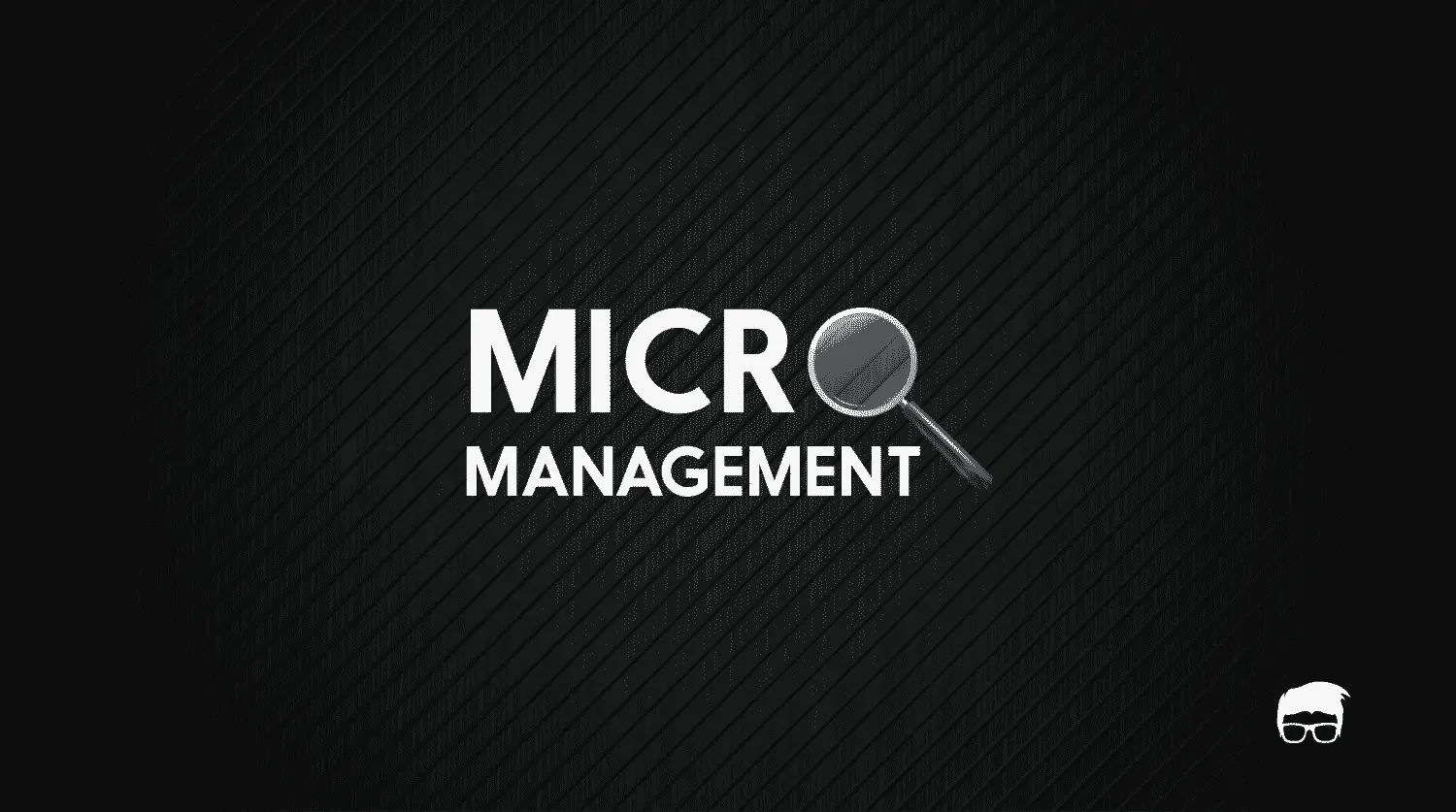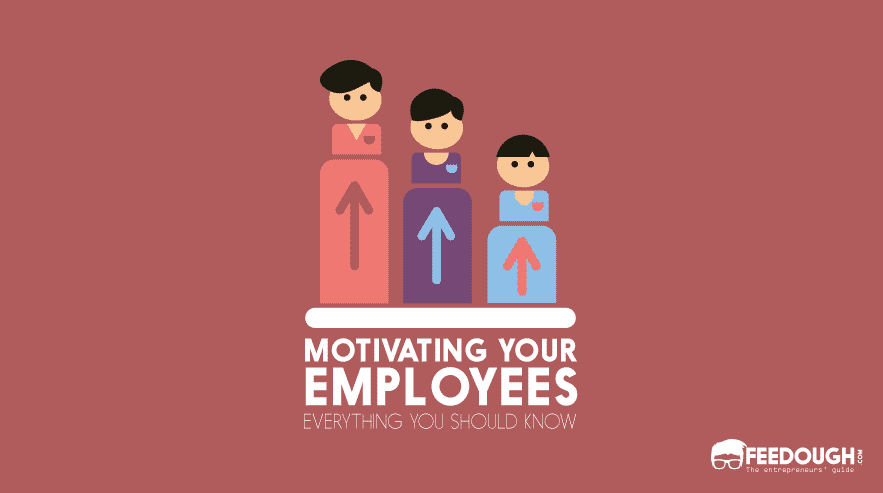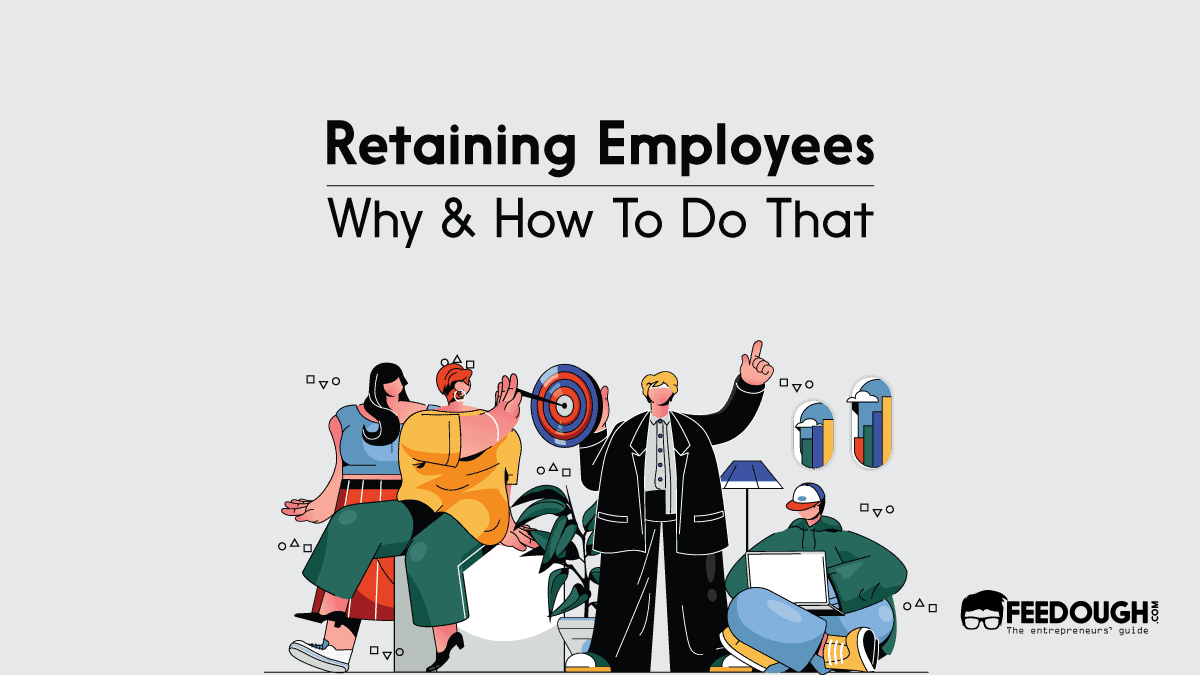Firing an employee – looking him straight in the eye and telling him that he is not fit for your organisation anymore – is, no doubt, stressful both for the employee and you, who are going to break this news to him. Yet, this is something that can’t be avoided. Every startup, small business, and even big company witness this situation at least once in its lifetime.
But employee termination needs to be properly planned and backed by appropriate reasons, facts, and stats as failing to do that can lead to your company being sued by the employee fired. While there’s no specific script for terminating an employee, there surely are certain tips which can help you plan the termination in the nicest and most professional way possible. Read on to find out about these tips on how to prepare for and carry out a termination meeting
When Should You Fire An Employee?
While there are innumerable reasons why an employee must be fired. Some being – unethical conduct, damaging company property, poor performance, falsifying company records, insubordination, theft, misconduct, violating company policies, etc. The questions raised by many HRs, entrepreneurs, and managers are ‘when should you fire an employee?’ and ‘How much time should you give an employee to work on your feedback and improve?’.
While the timeline differs for different companies and types of employees (and their deeds), here are few suggestions –
- Give time and training to bad performers before terminating them. Try paying extra attention to them for 2-3 months. If they still lack motivation or required skill set. You got the answer.
- Set a complaints limit for office bullies; let’s say 3. Give them appropriate warnings but never reveal the complaint limit to them.
- Major violators like those bringing a weapon to the office, leaking the information to competitors, etc. should be fired immediately without any second thought. Not firing them affects the office atmosphere and performance more than firing them.
- Employees who thrive on drama and take nourishment from hurt feelings should be given some chances before taking the decision of firing them. Changing their teams and taking feedbacks could help in solving this problem. Nevertheless, If you find them to be a tumour in the company, treat them like one and get rid of them as soon as possible.
Tips To Fire An Employee Gracefully
Here are 10 tips to help you fire an employee in the most professional way possible.
Have A Transition Plan In Place
Plan the work, authorities, and responsibilities of everyone before firing the employee. Having a succession and transition plan makes your decision more firm by adding a layer of confidence that you know how things will work after this employee is gone.
Recheck All The Feedback Provided
You have to be sure that there isn’t a fault on the company’s side in providing feedback, training, warnings, and motivation to the employee and terminating him is the only option left for you to do.
Don’t Surprise
Termination should never be a surprise. Give him clues during regular employee reviews about the expectations and present status of performance. He should get regular feedback and know if anyone complains about him.
Do It Face To Face
Never hold a termination meeting over a call or an email thread. It is a sign of courtesy to let an employee go who dedicated his time to benefit the company, no matter how small his contribution was. It’s even better to make a familiar face like the immediate manager or a familiar HR manager break the bad news to him.
Keep It Concise
Inform the employee of their termination clearly and concisely. Back your arguments with facts and stats and never get personal and start explaining things. However, you can use compliments or other pleasant language to help the employee deal with the termination.
Be Firm But Don’t Overexplain
Stay firm on your decision but never overexplain. Remember that termination is always perceived to be negative and most of what you say will also be perceived negatively, regardless of your intent.
Be Aware Of The Legalities
Every country and state have its own law when it comes to termination of employees. Make sure you discuss the same with your HR and legal team before taking the step.
Give Them The Deserved Lead Time
For employees who are not being terminated on an immediate basis, help them make the transition seamless by providing them with good lead time to find a new job.
Try Not To End The Meeting On A Low Note
Once you’ve communicated the decision about termination. Try not sounding like you’re demeaning him or hurting his self-esteem. Give him compliments, make him remember good experiences, and talk about job searching. Always try to end the meeting by using encouraging words like “we are confident that you will find a job that is a better fit for you.”
Discuss Logistics In The End
Keep the logistical matters for the end. These include the property you want them to return, their final paycheck, the severance package, and the separation agreement, etc.
The Do’s & Don’ts Of Firing An Employee
Now that you’ve got a gist of how to fire an employee, here’s a list of do’s and don’ts which you should not forget before, during, and after the process is complete.
Do’s
- Keep a checklist with you: It is always advisable to keep a checklist of all the tasks to be done before the termination meeting, things that need to be conveyed during the termination meeting, formalities that need to be completed during the process, and logistics that need to be exchanged after the meeting.
- Record the conversation or include a witness: There have been cases where the terminated employee fabricated the facts and used it against the company in a lawsuit. Hence it is always advisable to record the termination meeting or include a witness during the same.
- Remove employee’s access from the company’s database: Cut their connection from the company database (email, system login, etc.) during the meeting or as soon as the meeting concludes.
- Be prepared for the worse: Be prepared to be yelled at or even the worse. Always be ready with a backup plan if something goes wrong.
- Offer To Help: In most cases, the employee terminated is not a terrible person; he’s just not suited for the job. If the employee terminated worked in good faith and was only fired because she lacked the specific skill set for the job, acknowledge him regarding whatever he was good at. You can also give them suggestions and recommendations of how they can go out looking for new jobs.
Don’ts
- Avoid empathising: Avoid empathising during a termination meeting. Saying words like “I know how you’re feeling right now” do more bad than good.
- Don’t make it sound like the decision is not final: Never make it sound like the decision isn’t final as it’ll give a false ray of hope to the terminated employee if you said it just for the sake of making him feel better. This is worse for the employee fired.
- Don’t hold the meeting in public: Termination is a very sensitive topic and the meeting should always be held in a private meeting room as holding this meeting in public would be a lot more embarrassing for the employee.
- Don’t take it personally yourself: What’s worse is when the managers take it personally when the terminated employee tries to resist. Make sure you keep this meeting as professional as possible.
Bottom Line?
Terminating an employee is never an easy task. You get to live with the guilt of ending someone’s career as well. But think of the bigger picture — at the end of the day, it’s all about the company. If you won’t let go of someone now who’s hindering the progress of your company, it’ll come back to you someday directly or indirectly.
Go On, Tell Us What You Think!
Did we miss something? Come on! Tell us what you think about our article on how to fire an employee in the comments section.
A startup consultant, digital marketer, traveller, and philomath. Aashish has worked with over 20 startups and successfully helped them ideate, raise money, and succeed. When not working, he can be found hiking, camping, and stargazing.









